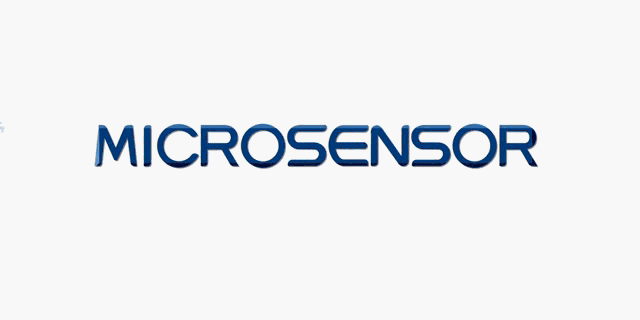
Industry Background
The modern papermaking industry is a capital, technology, and energy-intensive sector characterized by large-scale production, high production continuity, complex process flow, high energy consumption, large raw material handling capacity, heavy pollution load, and substantial investment. The paper industry faces enormous market demand and severe environmental protection pressures. Paper enterprises must ensure environmental compliance while improving production efficiency.
For paper mills, the measurement and control of pressure, level, flow, and temperature of media such as pulp, additives, and steam are of paramount importance. When measuring and controlling pulp in the pulp preparation system, consideration must be given to the continuous or intermittent control of pulp consistency, as well as the characteristics of the process medium, such as high solid content, low electrical conductivity, and abundant pulsating energy. These present specific technical requirements for pressure and flow instrumentation.
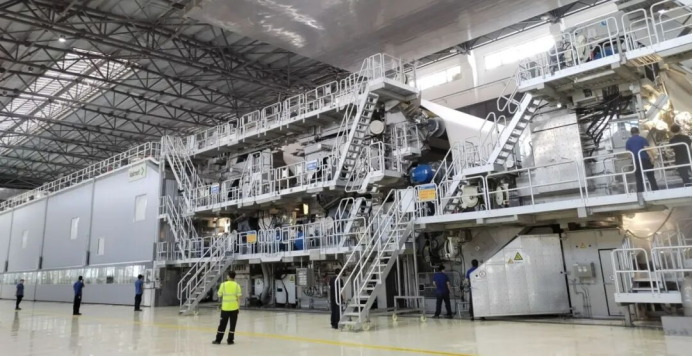
Application Site of a Papermaking Customer
Industry Applications
Akali Recovery Unit
The alkali recovery system in the paper industry is a critical component, with stringent requirements for , temperature, and flow instrumentation due to its operation in high temperature, high pressure, and corrosive environments.
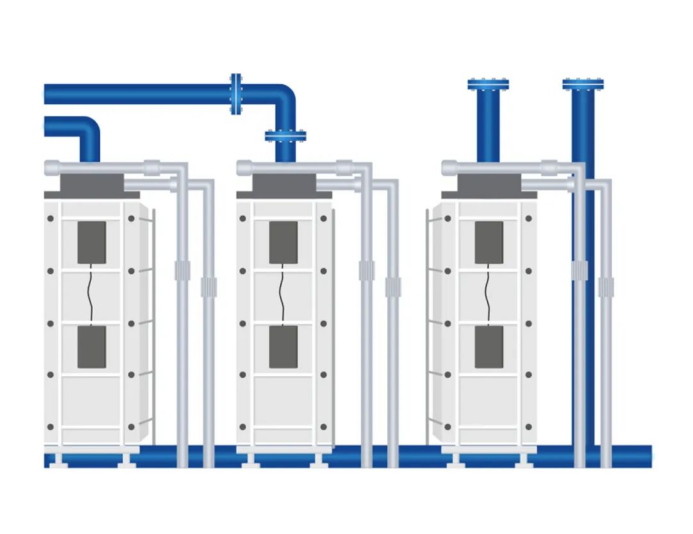
· Challenges
1. The alkali recovery system requires high-temperature, high-pressure instrumentation.
2. The alkali recovery process uses highly corrosive chemicals, potentially damaging instrumentation.
3. Accurate pressure, temperature, and flow measurement is essential for efficient alkali recovery and energy optimization.
· Solutions
1. Stability in extreme conditions with high-tem, high-pressure resistant materials.
2. Corrosion-resistant materials and coatings prolong instrument lifespan.
3. Precise, high-accuracy sensors optimize processes with advanced measurement.
4. Integrated communication protocols enable real-time data and alarms for enhanced efficiency.
· Products
Smart Pressure Transmitters
Bleaching Tower
The pulp undergoes high-temperature bleaching in a tower, using agents like oxygen, ozone or peroxides, to achieve the desired whiteness. The large-volume bleached pulp is then discharged via screw conveyor, with the tower typically not emptied.
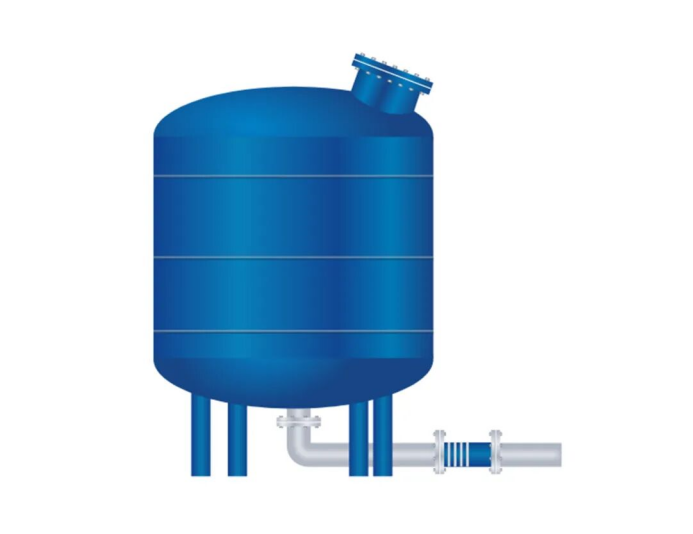
· Challenges
1. The bleaching chemicals (Cl2, ClO2, H2O2, etc.) are highly corrosive, potentially damaging instrumentations.
2. The bleaching tower's high-tem, high-pressure conditions demand resistant instrumentations.
· Solutions
1. Corrosion-resistant materials (e.g. titanium alloy, coatings) prolong lifespan and resist erosion.
2. High-temp, high-pressure resistant design ensures stability and reliability in extreme conditions.
3. Integrated communication protocols and data transmission enable real-time monitoring and alarms for enhanced efficiency.
· Products
Smart Pressure Transmitters, Mass Flowmeters, Temperature Transmitters
Pulp Storage Tower
To ensure continuous paper mill operation, large high-capacity pulp storage towers with agitation homogenize the prepared pulp. The heated, agitated pulp generates steam and causes level fluctuations from the pump operation.
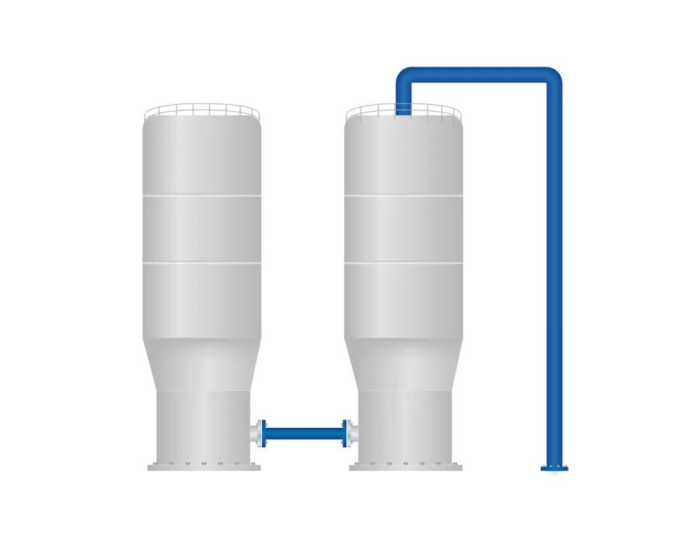
· Challenges
1. The corrosive, abrasive pulp can damage instrumentation, affecting accuracy and lifespan.
2. Uneven slurry composition may cause measurement errors and instrument clogging.
3. Precise pressure, temperature, and flow control is required for stable slurry storage and regulation.
· Solutions
1. Corrosion/wear-resistant materials (e.g. stainless steel, ceramics) ensure long-term stability.
2. Clog-resistant, self-cleaning design enables reliable measurement in heterogeneous media
3. Integrated communication protocols and data transmission enable real-time monitoring and alarms.
· Products
Smart Pressure Transmitters, Temperature Transmitters
Pulp Tank
In the paper industry, the pulp tank mixes pulp and water, using agitation and shear to uniformly disperse the fibers. After mixing, shearing, and temperature control, the processed slurry is discharged to feed the downstream papermaking equipment.
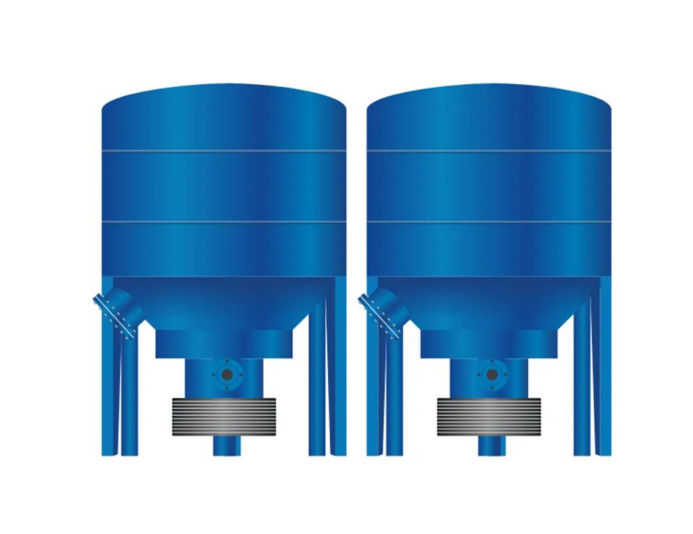
· Challenges
1. The corrosive pulping chemicals demand stringent material and sealing for instrumentation.
2. The high-temp, high-pressure pulping requires instrumentation capable of withstanding such conditions to ensure accuracy and safety.
3. The uneven slurry concentration and composition increase measurement difficulty, potentially leading to clogging or wear.
· Solutions
1. Corrosion-resistant materials like Hastelloy, titanium alloys, and Teflon coatings maintain stable operation in strong corrosive environments.
2. Advanced sealing and high-temp resistant materials ensure reliable performance under extreme conditions.
3. Self-cleaning and anti-clogging capabilities provide stable, dependable measurements in non-homogeneous slurry.
· Products
Smart Pressure Transmitters, Electromagnetic Flowmeters
Headbox
In the papermaking process, the pulp is conveyed to the headbox, where it is directed through a conical distributor and tube banks before being jetted onto the forming wire. Pressure measurement in the headbox is crucial, as it regulates the pulp jet velocity, which is adjusted by modifying the headbox slice pressure according to the wire speed.
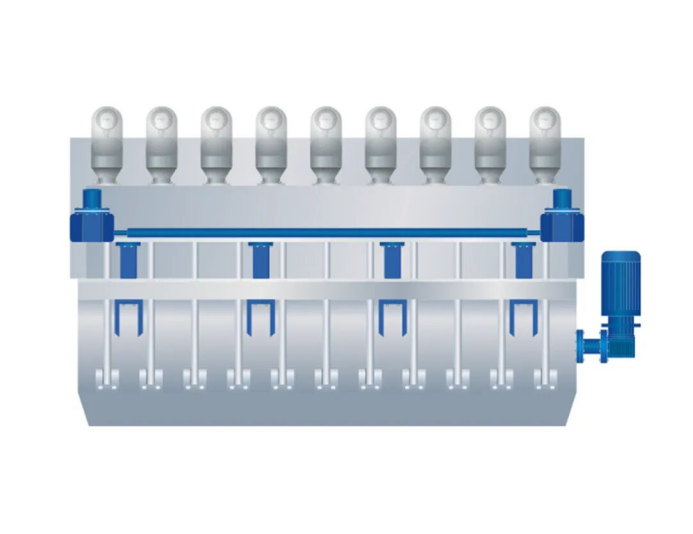
· Challenges
1. The headbox requires precise slurry flow rate and pressure control to ensure uniform distribution for paper quality.
2. Solid particles and fibers in the slurry risk clogging and abrasion, impacting flow measurement accuracy.
3. The corrosive headbox slurry demands high material corrosion resistance.
4. Environmental variations can affect measurement stability and reliability in the headbox location.
· Solutions
1. High-accuracy, responsive sensors enable real-time monitoring and adjustment of slurry flow and pressure for uniform distribution.
2. Anti-clogging structure and self-cleaning function, wear-resistant materials are used, which can provide stable and reliable measurement under non-homogeneous slurry conditions
3. Corrosion-resistant materials (e.g. stainless steel, Hastelloy, coatings) withstand corrosion and extend equipment lifespan.
4. Materials with good stability and compensation technology are used to ensure reliable measurement under different environmental conditions.
· Products
Smart Pressure Transmitters, Temperature Transmitters
Drying Cylinder
In the paper machine's drying section, steam-heated cylinders remove residual water. As the steam loses heat, a condensate layer forms on the inner cylinder surface, affecting heat transfer to the paper. This condensate must be continuously removed by siphoning. Pressure measurements at the cylinder inlet and outlet monitor the proper heat transfer level to the paper.
· Challenges
1. The drying cylinder operates at high temperature condition (usually above 100℃),thus the instrumentation should have high-heat resistant performance.
2. Frequent pressure changes require fast-responding, accurate pressure instruments for drying stability.
3. The pressure in the drying barrel changes frequently, and the instrument must be able to respond quickly and accurately measure the pressure changes.
4. Precise steam/hot air flow control is necessary for drying efficiency and energy efficiency.
· Solutions
1. High-temp resistant materials ensure measurement accuracy and reliability.
2. Moisture-proof, anti-condensation structure and high-protection casing enable reliable operation in high humidity.
3. Advanced, high-accuracy, stable flow measurement technology ensures precise flow control.
Products
Pressure Transmitters, Temperature Transmitters
Additive Tank
During machine downtime or product changes, press rolls are cleaned and coated with a special agent to shield against adhesions and deposits, preventing paper issues. The 50°C coating mixture is pumped throughout the machine. To maintain automated operation, liquid level in the tank and filter status must be continuously monitored.
· Challenges
1. Corrosive additives require high-grade instrument materials and sealing.
2. Precise additive flow and pressure control ensures process stability and product quality.
3. Varying additive viscosity/flow may cause measurement errors and instrumentation blockages.
4. Temperature changes can affect additive properties, impacting measurement accuracy
· Solutions
1. Corrosion-resistant materials like Hastelloy, titanium alloys, and Teflon coatings maintain stable operation in corrosive environments.
2. Precision sensors and advanced measurement tech provide accurate data for precise additive dosing control.
3. Anti-clogging, self-cleaning sensors handle diverse viscosities/flows, ensuring stable, reliable measurements.
4. High-accuracy temperature sensors enable rapid, real-time monitoring of temperature variations.
· Products
Pressure Transmitters, Mass Flowmeters
Steam Line
The paper machine's drying section uses steam-heated cylinders. Steam is generated by a separate boiler and transported via pipelines. To ensure efficient steam supply, a differential pressure transmitter with an orifice plate measures flow, enabling effective planning.
· Challenges
1. Steam pipelines' high temp/pressure require instruments capable of withstanding extreme conditions.
2. Steam systems' thermal shocks need durable, fast-responding instrumentations.
3. Steam's high temp, pressure, and variable flow require highly accurate, reliable flowmeters.
4. Corrosion/scaling from steam impurities can impact long-term instrumentation stability.
· Solutions
1. High-temp, high-pressure resistant materials enable long-term stable operation in harsh environments.
2. Temperature/pressure transmitters with high response and heat-resistant designs accurately measure rapid changes.
3. Advanced flowmeters (e.g. vortex flowmeters and differential pressure flowmeters) offer high accuracy, stability for diverse steam flow.
4. Corrosion-resistant materials and coatings prevent corrosion/scaling, extending equipment lifespan.
5. Integrated communication protocols and data transmission enable real-time monitoring and alarms, enhancing system efficiency.
· Products
Vortex Flowmeters, Temperature Transmitters
Vacuum Pump
High-speed paper machines use a vacuum system with turbine blowers to aid dewatering. Motor speed controls the vacuum level, which requires continuous monitoring. To ensure safe vacuum pump/blower operation, the lubrication status of bearings must be monitored by measuring lubricant pressure and reservoir level.
· Challenges
1. Instruments must reliably function in vacuum pumps' high-temp, high-humidity environments.
2. Instrumentations need fast response, high accuracy for vacuum pump's frequent pressure fluctuations.
3. Corrosion-resistant instrumentation materials and seals withstand vacuum pump's corrosive slurries/chemicals.
4. Slurries' non-homogeneity and high viscosity increase measurement complexity, risking flow errors.
· Solutions
1. Use high-temp, moisture-proof materials for stable operation in harsh environments.
2. Accurate sensors with high response speed monitor real-time pressure changes, ensuring system stability.
3. Corrosion-resistant materials (stainless steel, Hastelloy, Teflon) enable long-term instrumentation stability.
4. Anti-clogging, self-cleaning sensor handles diverse viscosities/flows for accurate measurements.
· Products
Pressure Transmitters
Recommended Products
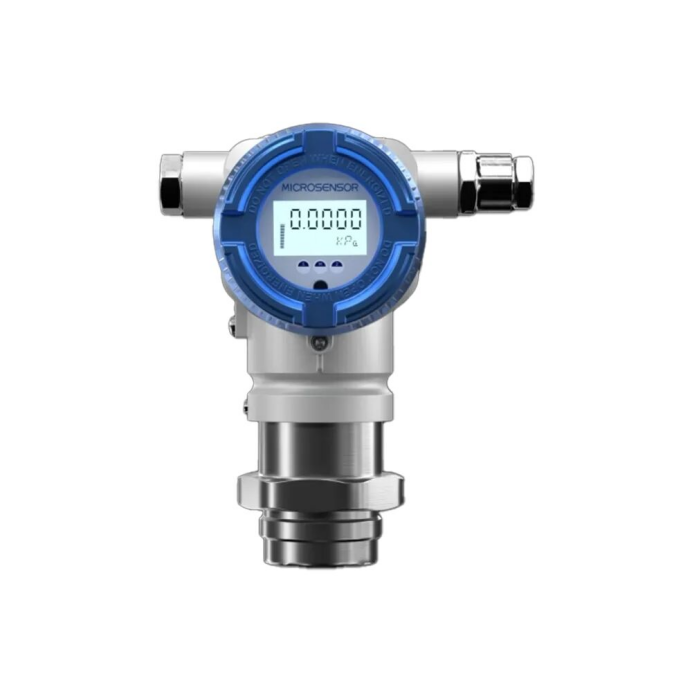
· MDM7000 Smart Pressure Transmitter
High accuracy; High stability
Range: 0.06bar~30bar
Output: 4mA~20mA DC+HART
Accuracy: ±0.05%FS, ±0.075%FS
Operating temperature:-40℃~85℃, -20℃~70℃ (LCD)
IP rating: IP67
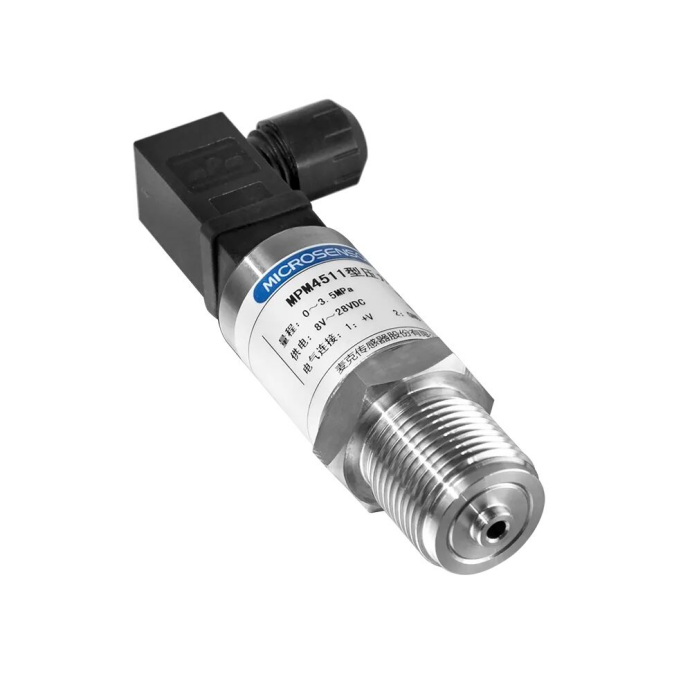
· MPM4511 Pressure Transmitter
High overload; Excellent anti-interference & temperature resistance, Small size
Range: 0bar ~ 7bar…1000bar
Output: 0.5V~4.5V、4mA~20mA
Accuracy: ±0.5%FS
Operating temperature: -40℃~125℃
IP rating: IP65

MTM4831 Temperature Transmitter
High-accuracy; Integral/remote
Range: -200°C~500°C;
Graduation: PT100, PT1000
Accuracy: ±1.0%FS (-200℃...0℃~500℃), ±0.5%FS (-40℃...0℃~125℃), ±0.25%FS (-20℃...0℃~105℃)
Output: 4mA~20mA DC, RS485, 4mA~20mA DC+HART, 4mA~20mA DC+RS485
Power supply: 10V~30VDC
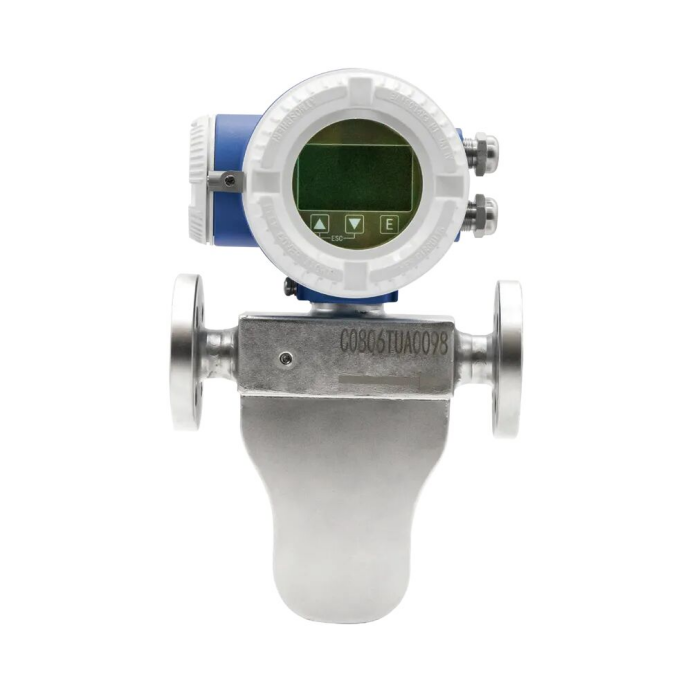
MFC608 Coriolis Mass Flowmeter
Applicable to mass flow, volumetric flow, density, temperature measurements
Diameter: DN4~DN300mm
Output: 4mA~20mA DC, RS485, pulse output
Accuracy class: 0.5, 0.2, 0.15
Operating temperature: -196℃~85℃

MFE600E Electromagnetic Flowmeter
Wear-resistant and high-temperature steel wire mesh linings are available
Accuracy class: 0.5, 0.2
Flow rate: 0~10 m/s
Output: 4mA~20mA DC, pulse, HART, RS485
Ambient temperature: -20 -60℃ (Optional -40-70℃)
Medium temperature: -20-120℃ (Optional -40-180℃)
IP rating: IP65, IP67
Values
In the paper industry, the process media that need to be measured, including pulp slurry, steam, water, wastewater, and black liquor, can reach pressures up to 16bar and temperatures up to 180°C. These media, whether coarse pulp slurry, black liquor chemical pulp, high-consistency paper pulp, mixed paper pulp, sludge, or bleached chemical pulp, are characterized by abrasion, corrosion, large particle size, and high temperature, and inappropriate measurement product selection can easily lead to measurement failure and affect production.
Micro Sensor's pressure transmitters utilize ceramic capacitive diaphragms with the addition of talc powder, diamond dust, and kaolin during the manufacturing process. The flush diaphragm facilitates easy cleaning and reduces the accumulation of contaminants. The process connection employs the specialized M44×1.25 port for the paper industry. The electromagnetic flowmeters are constructed with high-temperature resistant PFA lining materials and feature an internal steel mesh, significantly reducing media-induced abrasive damage and lowering the operating costs in the papermaking process.
About Us
Since its inception in 1971, Micro Sensor Co., Ltd. has been dedicated to the research and manufacturing of piezo-resistive pressure sensors. With over 50 years of design, development, and production experience, the company has emerged as a leading force in China's semiconductor piezo-resistive pressure sensor industry.
Micro Sensor's product portfolio includes pressure sensors, pressure transmitters, level transmitters, temperature transmitters, and flow meters. Serving over 20,000 customers in more than 100 countries and regions, the company specializes in providing customized product solutions for various industries, including shipbuilding, gas distribution networks, petrochemicals, water resources management, municipal firefighting, smart heating, smart cities, and food and pharmaceutical sectors.
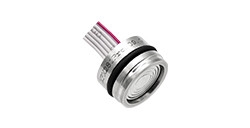

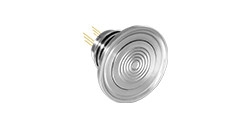

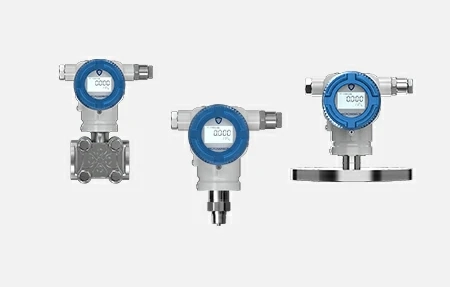

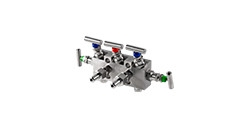
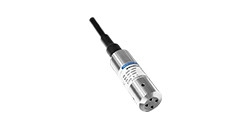
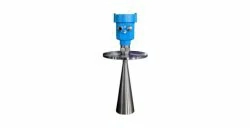


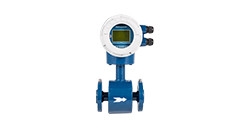
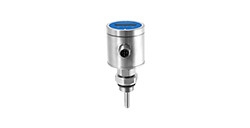

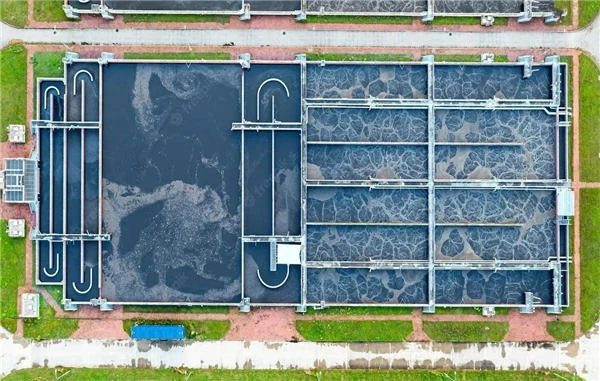
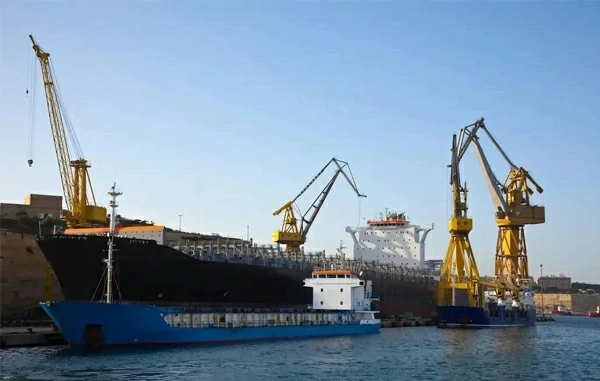
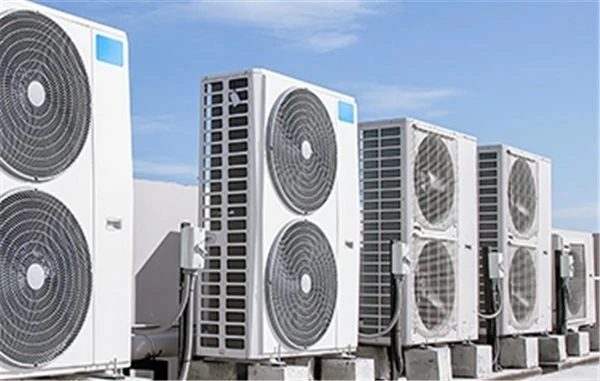

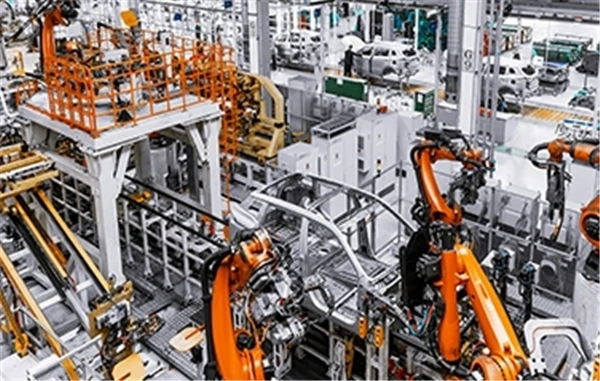
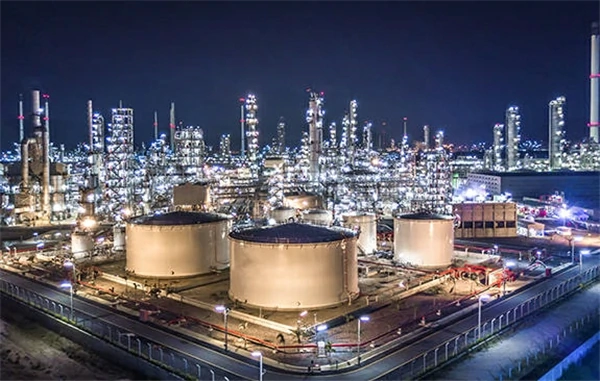
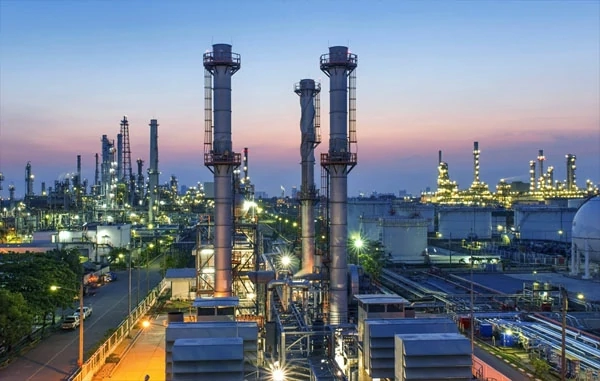

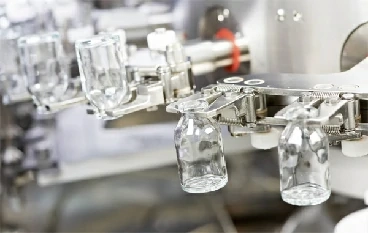
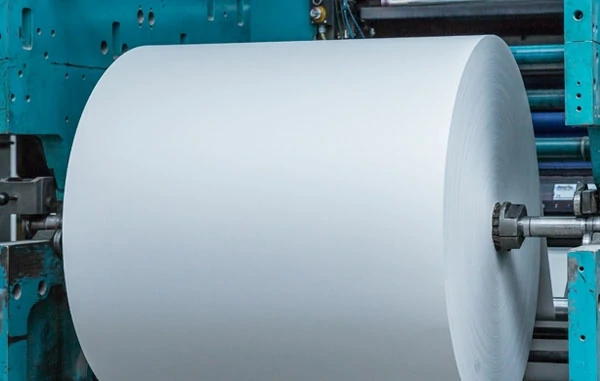
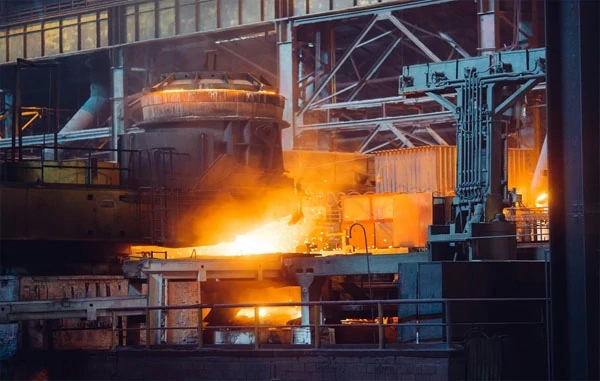
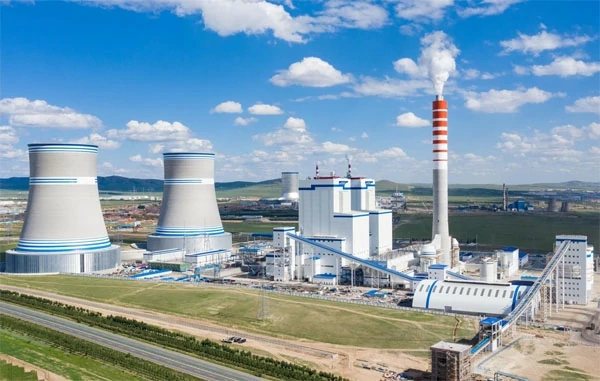
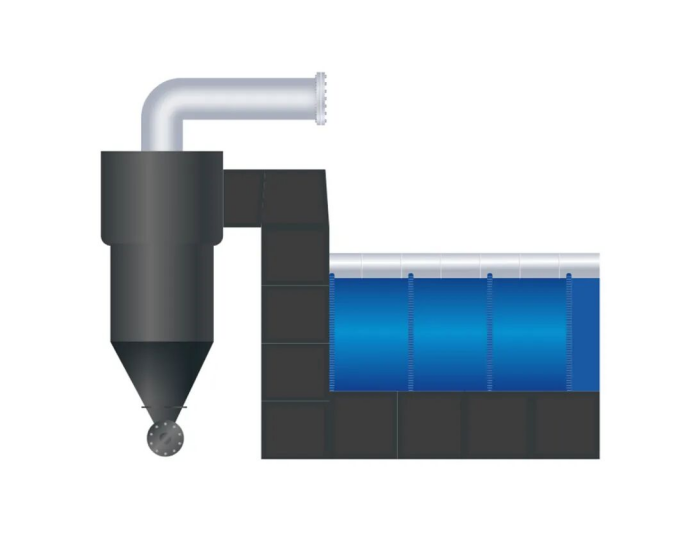
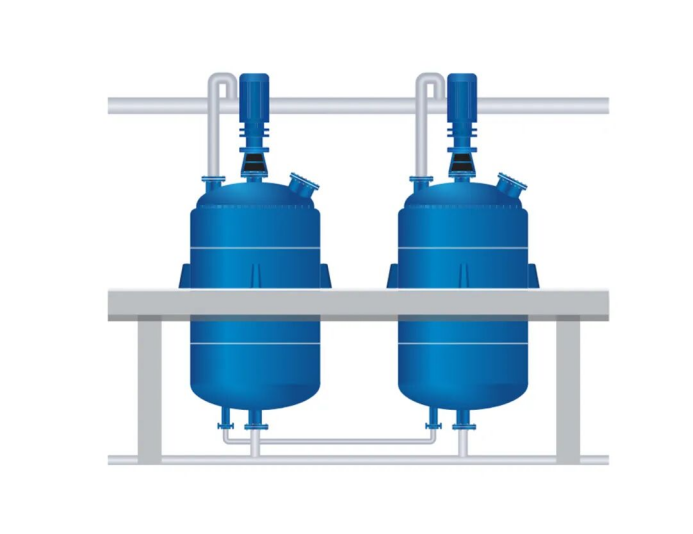
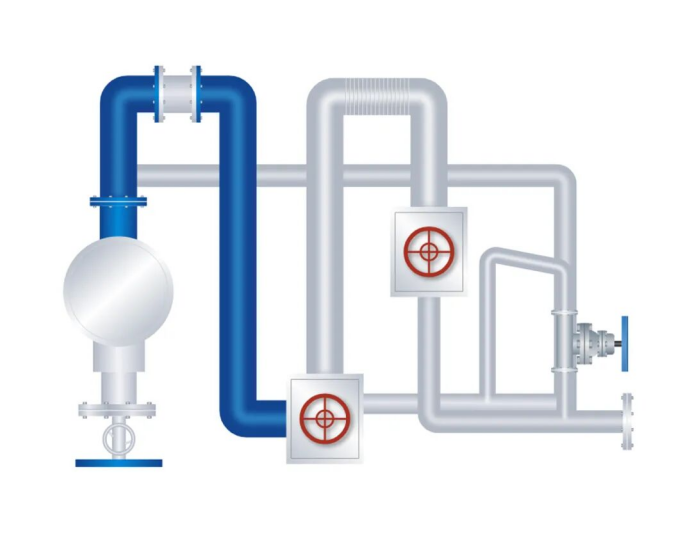
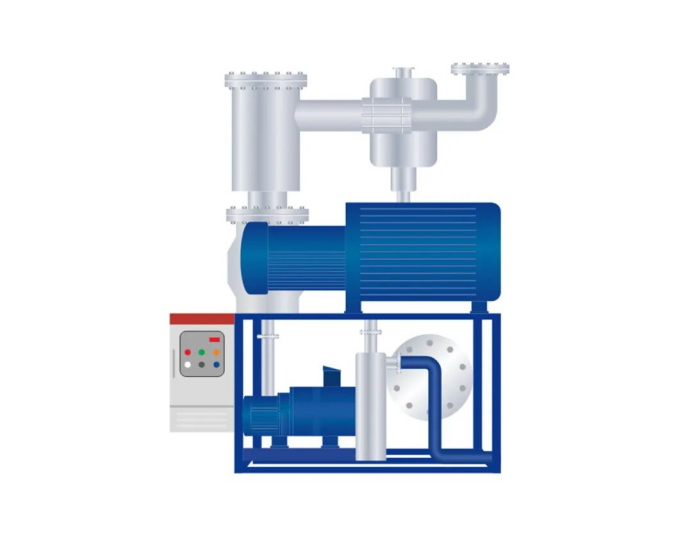
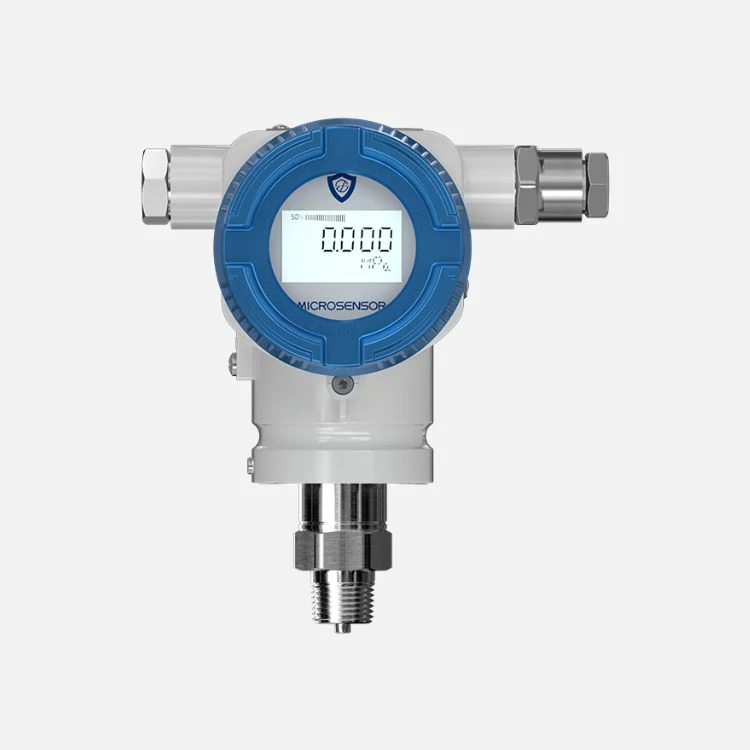

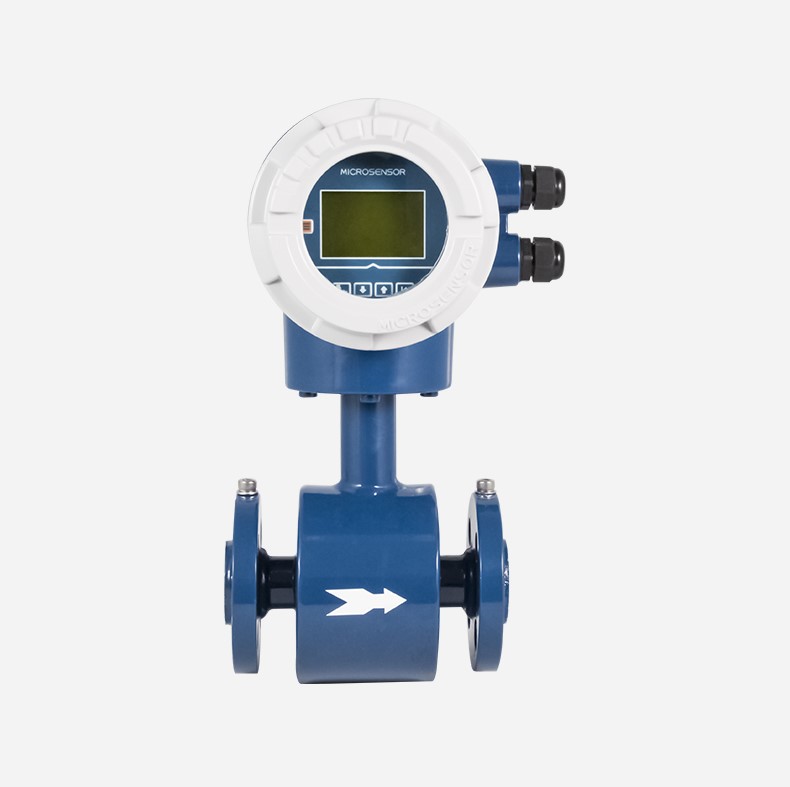
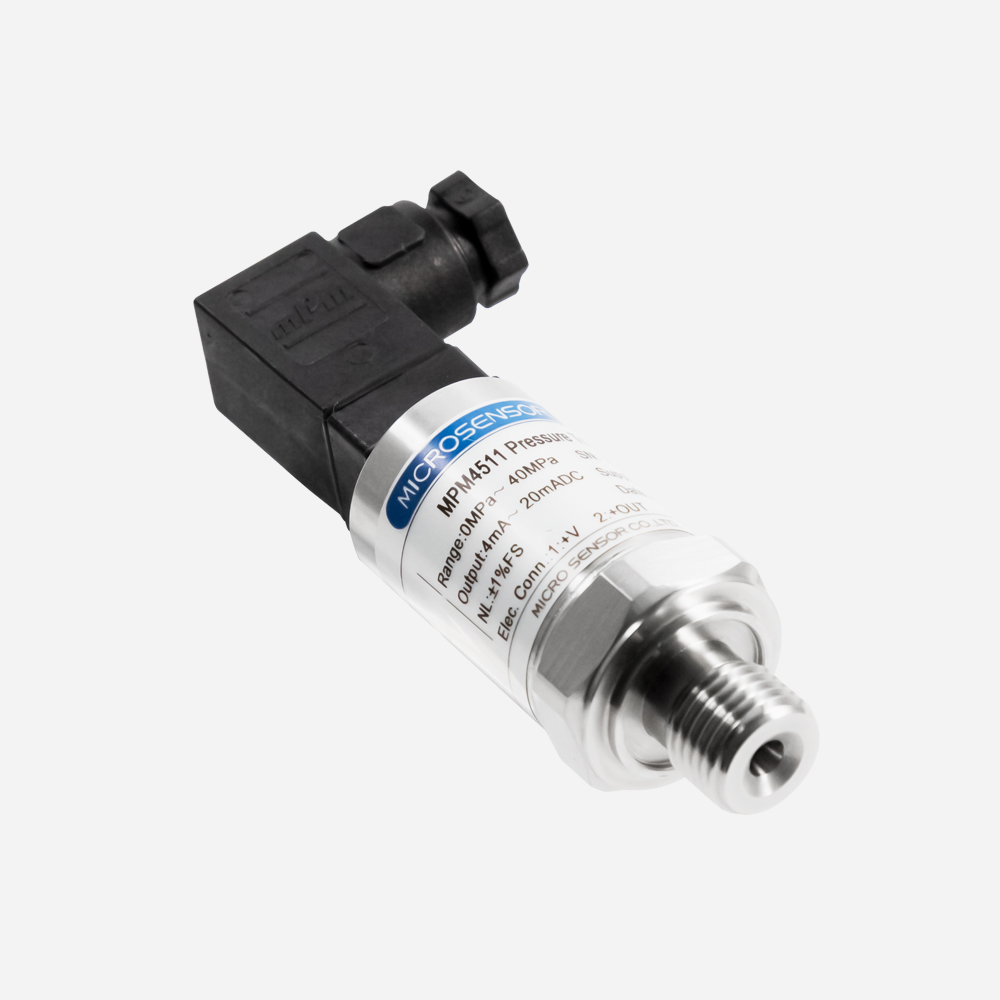
 Copyright © 2025 MICRO SENSOR CO., LTD
Copyright © 2025 MICRO SENSOR CO., LTD